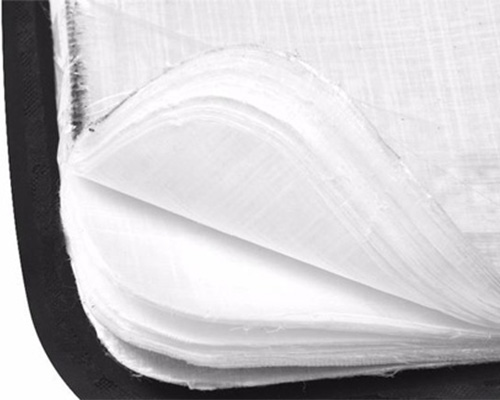How Do Bulletproof Vests Work: A Closer Look at Life-Saving Armor
Introduction
In a world where personal safety is paramount, the development of protective gear has reached incredible heights. One of the most iconic pieces of life-saving equipment is the bulletproof vest. These vests are worn by law enforcement officers, military personnel, and even civilians who require protection from potential threats. But how exactly do bulletproof vests ? In this blog, we’ll delve into the science behind these remarkable pieces of armor and explore the different types and materials that make them effective.
Understanding the Basics
Bulletproof vests, also known as ballistic vests or body armor, are designed to absorb and dissipate the energy from bullets or other projectiles, reducing the risk of injury or death. To accomplish this, they rely on several key principles:

- Layered Construction: Bulletproof vests are typically composed of multiple layers of specialized materials. These layers work together to slow down and stop the bullet.
- Energy Displacement: When a bullet strikes the vest, it compresses and deforms the layers, distributing the force over a larger area. This dispersion of energy prevents the bullet from penetrating the wearer’s body.
- Material Selection: The effectiveness of a bulletproof vest depends on the materials used in its construction. Common materials include Kevlar, Spectra, and ceramics, each with unique properties that make them suitable for specific threats.
Types of Bulletproof Vests
There are various types of bulletproof vests designed to protect against different types of threats. Here are the most common categories:
- Soft Armor: Soft armor vests are the most common type of bulletproof vest. They are made from flexible materials like Kevlar or Spectra and are designed to stop handgun bullets and other low-velocity projectiles. Soft armor is lightweight and comfortable to wear, making it suitable for law enforcement officers who need to maintain mobility.
- Hard Armor: Hard armor vests incorporate rigid plates typically made of ceramics or composite materials. These plates are capable of stopping high-velocity rifle rounds, offering protection against more powerful weapons. Hard armor is often used by military personnel.

How Bulletproof Vests Stop Bullets
The specific mechanism by which bulletproof vests stop bullets depends on the type of armor used:
- Soft Armor: Soft armor works by weaving multiple layers of strong synthetic fibers, such as Kevlar or Spectra. When a bullet impacts the vest, the fibers stretch and deform, absorbing and dispersing the kinetic energy of the bullet. This process slows the bullet down and prevents it from penetrating the vest.
- Hard Armor: Hard armor vests employ rigid plates that shatter or deform upon impact, causing the bullet to fragment and lose its kinetic energy. The fragments and remaining energy are then absorbed by the surrounding soft armor materials.
Limitations and Considerations
While bulletproof vests are highly effective at protecting against many threats, they are not invincible. Some important points to consider include:
- Limitations of Soft Armor: Soft armor vests have limitations in stopping high-velocity rifle rounds. They are primarily designed for handguns and may be vulnerable to armor-piercing ammunition.
- Maintenance: Bulletproof vest police require proper care and maintenance to remain effective. Over time, the materials may degrade, reducing their protective capabilities.
- Comfort and Mobility: Depending on the level of protection, bulletproof vests can be heavy and restrict mobility. This can be a challenge for wearers who need to move quickly and comfortably.
Conclusion
Bulletproof vests are a crucial piece of protective equipment that saves countless lives. Their ability to dissipate and disperse the energy of bullets is a testament to human ingenuity and technological advancement. Understanding how these vests work is not only fascinating but also a reminder of the constant efforts to enhance personal safety in an increasingly complex world. As technology continues to evolve, we can expect even more effective and versatile forms of body armor to emerge, further safeguarding those who protect and serve our communities.
